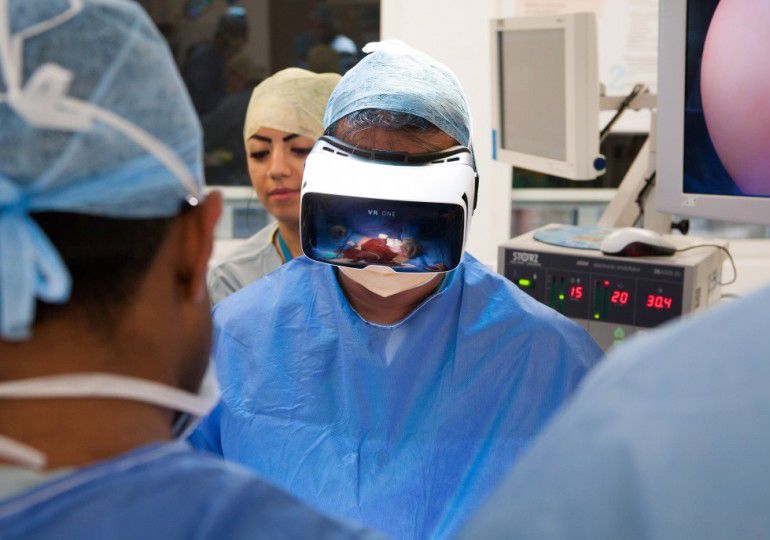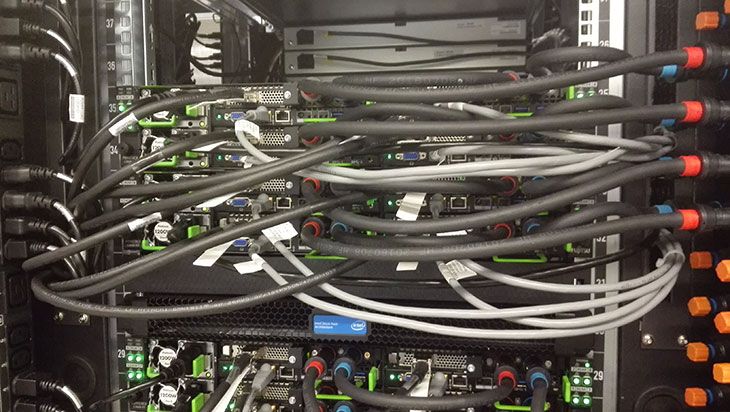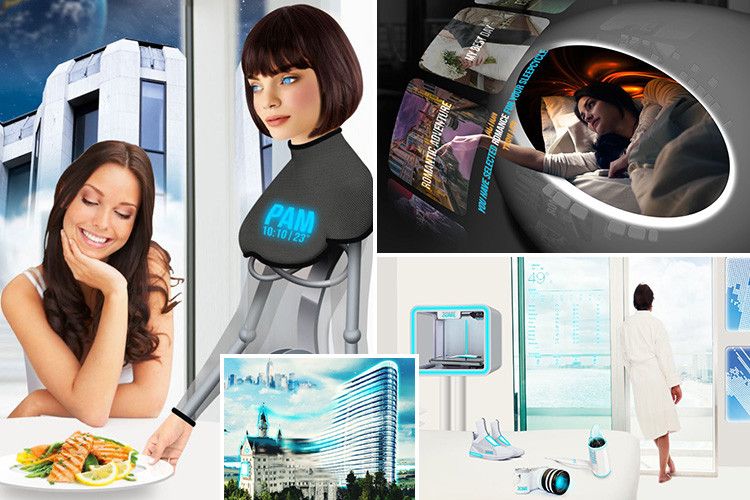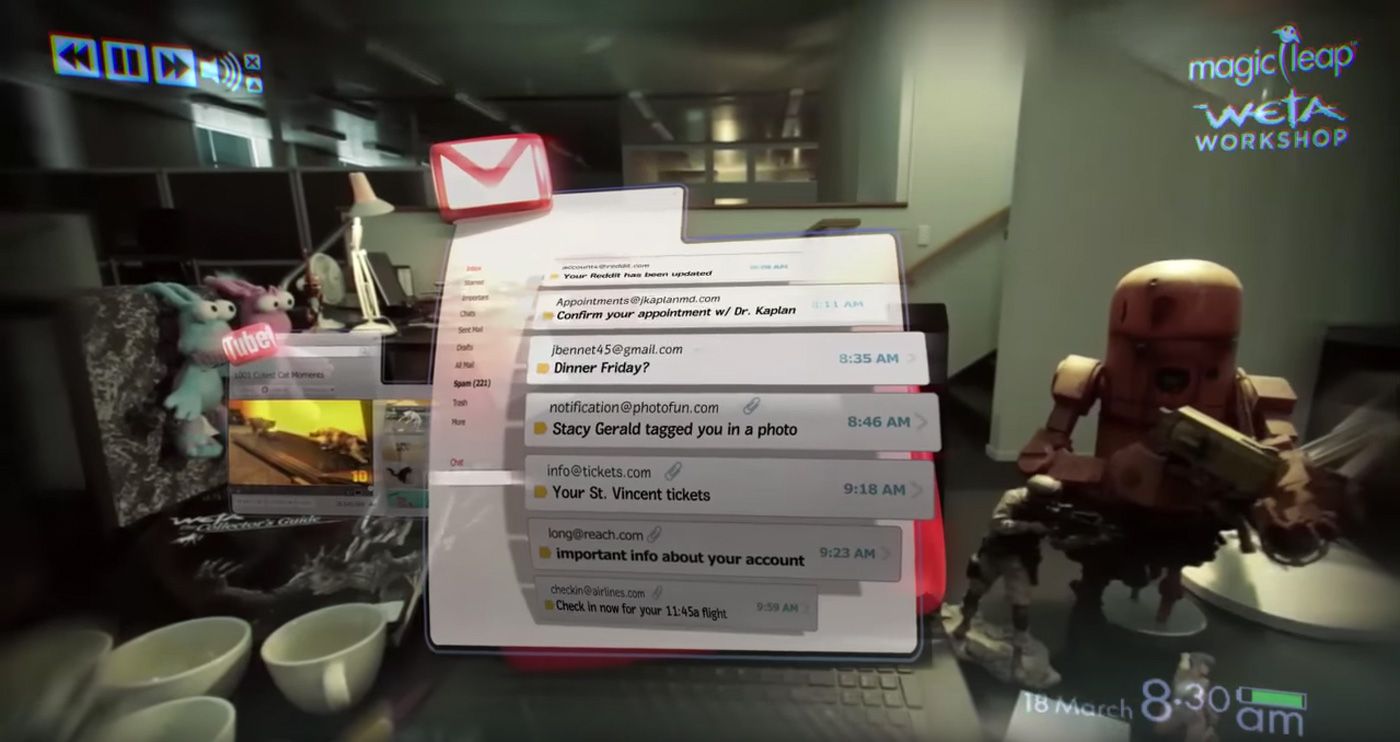The year 2016 presented the world with a number of big surprises. Some positive, some negative, depending on whom one asks. Here at Medgadget, 2016 will be remembered for many amazing and pleasantly unexpected medical technology developments, many of which are foreshadowing cures for spinal cord injuries, effective treatment of diabetes, new ways to fight heart disease, and many other long sought-after medical solutions. Virtual and augmented reality systems, new imaging techniques, and innovative delivery approaches are changing the way doctors learn and take care of patients.
Looking back on the past year, we selected what we felt to be the most important, innovative, and surprising medical technology developments. They naturally fell into a few categories. Here we share with you Medgadget’s choices of Best Medical Technologies of 2016.






